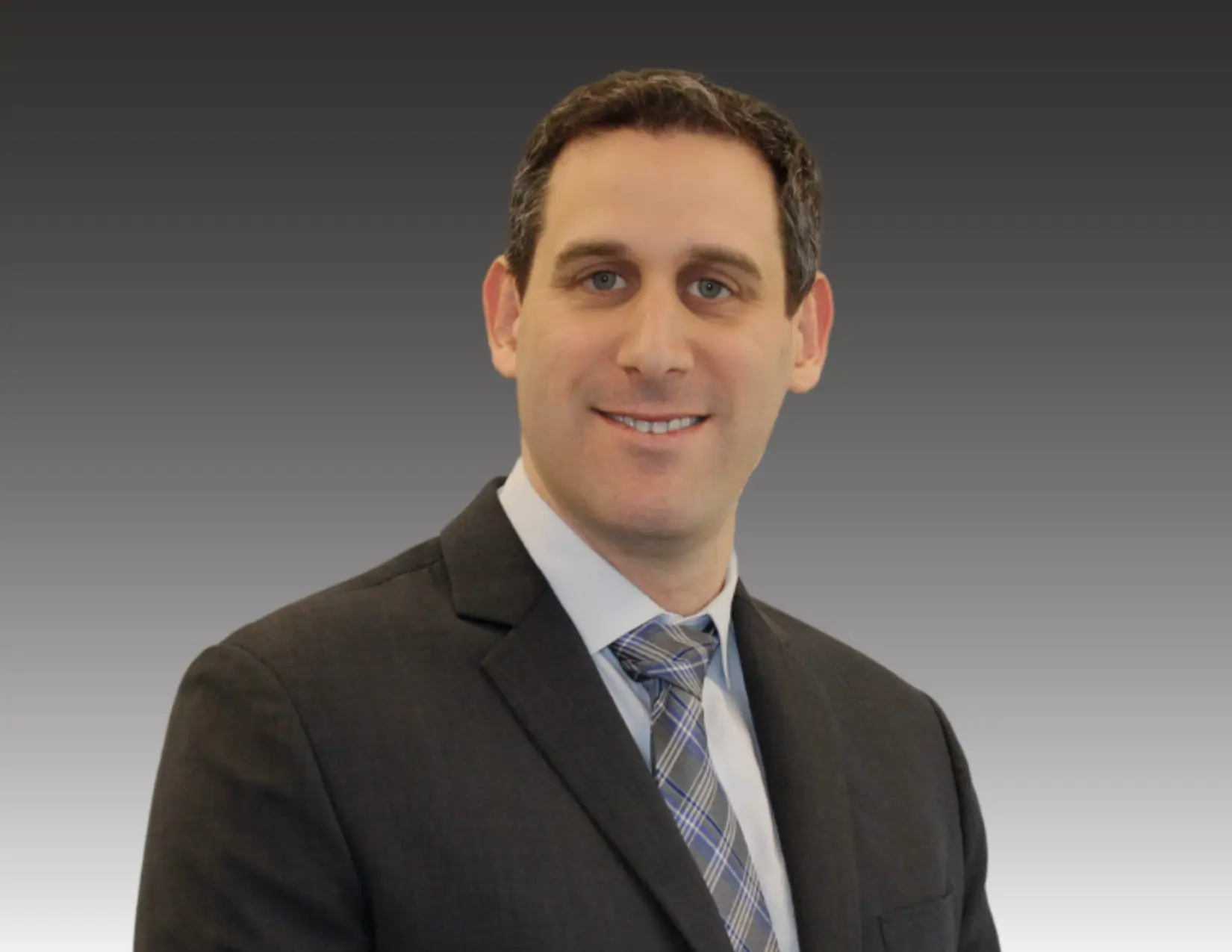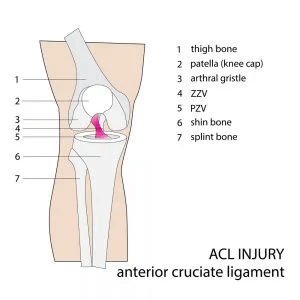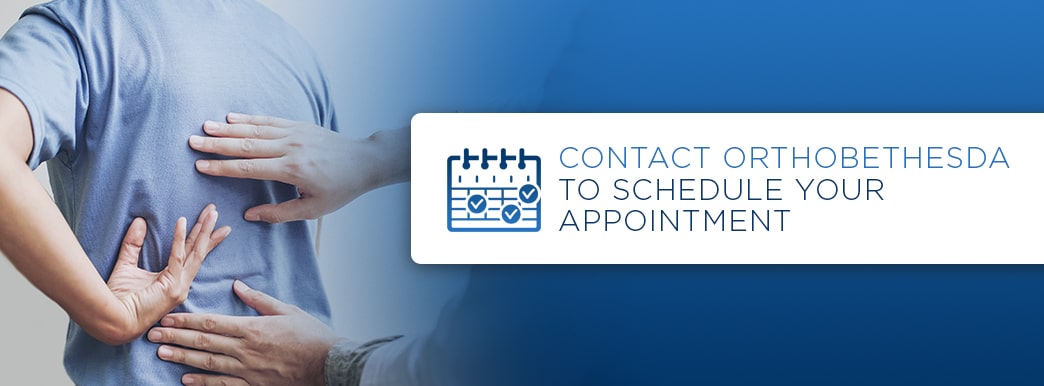OrthoBethesda’s Sports Medicine department is highly skilled at treated athletes of all ages from all sports. Let our team help you get back in the game.
Our Sports Medicine Doctors







OrthoBethesda Sports Medicine for Today’s Athlete
An ACL tear is one of the most common injuries we see in sports medicine. The anterior cruciate ligament, or ACL, is one of the four main stabilizing ligaments of the knee. Ligaments are the soft tissues that connect our joints. If one or more of the ligaments around a joint is torn the joint may become unstable.

How does the ACL tear?
This injury most commonly occurs when someone either lands from a jump or pivots while running. The gliding and rotation that occurs at the knee joint overloads the ACL and it snaps. Patients may sense an uncomfortable feeling in the knee when it occurs and feel or hear a pop.
After you tear your ACL your tibia may slide forward abnormally. But you may also sense the joint sliding out of place when you step off of a curb or twist your knee. This makes ACL injuries very noticeable and symptomatic. Surprisingly, the initial injury might not cause much pain. But over the course of hours as the knee begins to swell and the pressure builds inside the knee the pain often increases.
If you suspect you have a torn ACL
If you are concerned that you have a potential ACL tear you should seek medical care, whether it be a doctor’s office, urgent care facility or emergency department. Typically, an x-ray of your knee will be obtained. You may be placed into a knee brace or immobilizer and given crutches. It is helpful to place ice or frozen peas on the knee for 20 minutes at a time and allow 40 minutes between sessions of icing. Never put the ice directly on the skin – always protect the skin with a thin towel or cloth. This will prevent burns. To help the swelling, you may elevate the affected knee. You should obtain an appointment with an orthopedic surgeon within the first few days of your injury.
Whether or not you will need surgery will be determined by you and your surgeon.
Related Content
- What Is a Sports Medicine Physician?
- Why College & High School Athletes Need Sports Medicine
- How to Prevent Concussions for Every High-Impact Sport
- How to Prevent Dance-Related Injuries
- Best Sports to Play If You’re Suffering From Osteoarthritis
- Guide to Preventing Running Injuries
- How to Prevent Soccer Injuries
- How to Prevent Sports Injuries
- Most Common Sports Injuries
- 4 Common Injuries Swimmers Should Be Aware Of
 ">
">
Get In Touch
Contact OrthoBethesda Today!
Whether you’ve received a referral from your primary care physician or would like to visit our premier team to discuss any orthopedic issues you may be experiencing, we invite you to contact us today. Patients in Bethesda, MD, Arlington, VA, and beyond can give us a call at (301) 530-1010.

